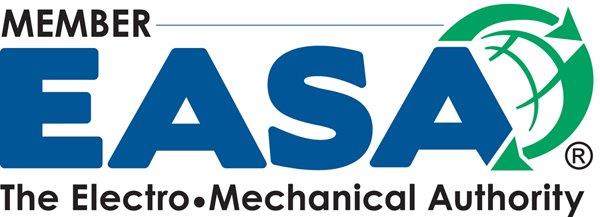When it comes to motor repair and maintenance, understanding the differences in loading methods is crucial for ensuring optimal performance and longevity of the equipment. In the realm of motor testing standards, IEEE 112 provides guidelines for various loading methods that are used to evaluate the performance of motors under different conditions. These loading methods play a significant role in determining the efficiency, power factor, and overall reliability of motors. In this blog post, we will delve into the key differences in loading methods outlined in IEEE 112 and their implications for motor testing and analysis.
Constant Load Method
The constant load method, as the name suggests, involves applying a consistent load to the motor throughout the testing process. This method is particularly useful for assessing the steady-state performance of motors and determining factors such as efficiency and power factor under continuous load conditions. By maintaining a constant load, engineers can accurately measure the motor’s operating characteristics and identify any potential issues related to heat generation, vibration, or power consumption.
Varying Load Method
Unlike the constant load method, the varying load method involves subjecting the motor to fluctuating loads during the testing period. This method helps simulate real-world operating conditions where motors are exposed to changing loads and dynamic environments. By analyzing the motor’s response to varying loads, engineers can assess its dynamic performance, transient behavior, and ability to adapt to different load profiles. This method is crucial for evaluating the motor’s durability, resilience, and suitability for applications with variable load requirements.
Locked Rotor Test
The locked rotor test is a specific loading method used to assess the starting performance and locked rotor characteristics of motors. In this test, the motor is temporarily locked or prevented from rotating while voltage and current measurements are taken to determine parameters such as locked rotor torque, current, and power factor. The locked rotor test helps identify potential issues with motor starting, such as high inrush currents, excessive torque demands, or insufficient starting torque, which can impact the motor’s operational efficiency and reliability.
No-Load Test
The no-load test, as the name implies, involves running the motor without any external load applied. This test is essential for evaluating the motor’s core losses, no-load current, and magnetizing characteristics under unloaded conditions. By conducting a no-load test, engineers can assess the motor’s idle performance, stray losses, and overall efficiency when operating at light or no load. This test is critical for determining the motor’s energy consumption in standby or low-load situations and optimizing its efficiency across a wide range of operating conditions.
Conclusion
Understanding the differences in loading methods prescribed by IEEE 112 is essential for conducting comprehensive motor testing and analysis. By leveraging the appropriate loading methods based on the specific requirements of the motor and application, engineers can evaluate key performance parameters, diagnose potential issues, and optimize the motor’s efficiency and reliability. Whether it’s assessing steady-state performance, dynamic behavior, starting characteristics, or idle operation, the choice of loading method plays a vital role in ensuring the overall health and functionality of motors in various industrial settings.
For expert motor repair, maintenance, and testing services, contact The Pump & Motor Works, Inc. today. Our team of experienced professionals is equipped to handle all your motor-related needs with precision and efficiency. Contact us to learn more about our services and schedule a consultation.



